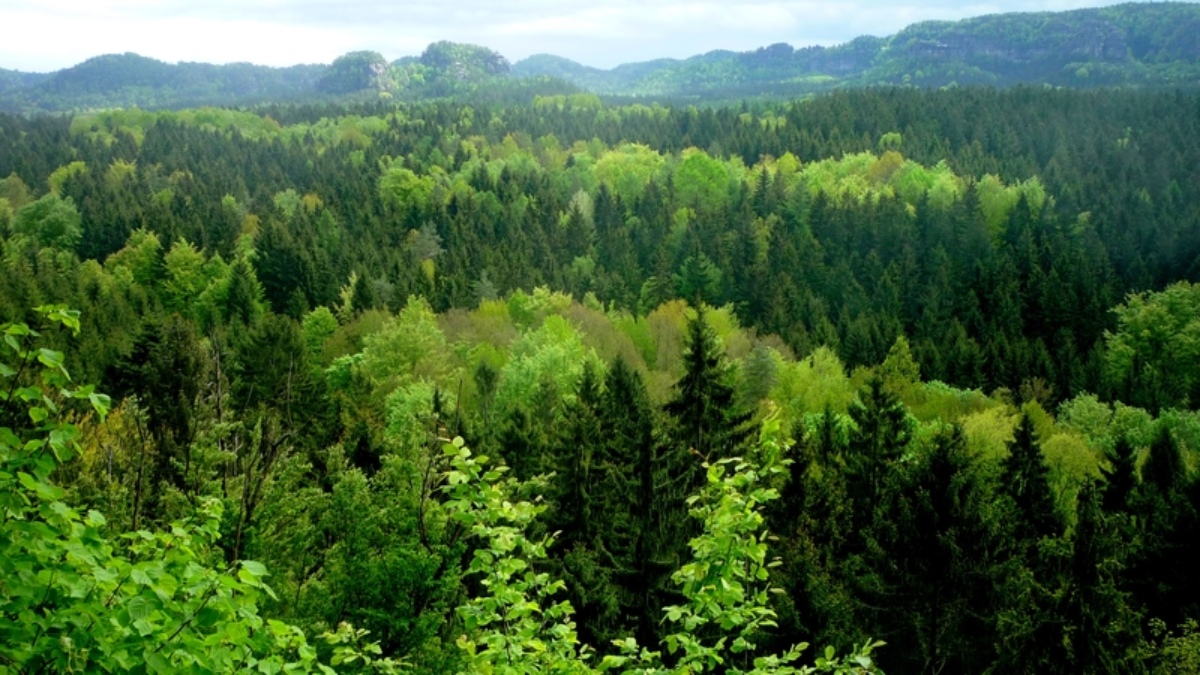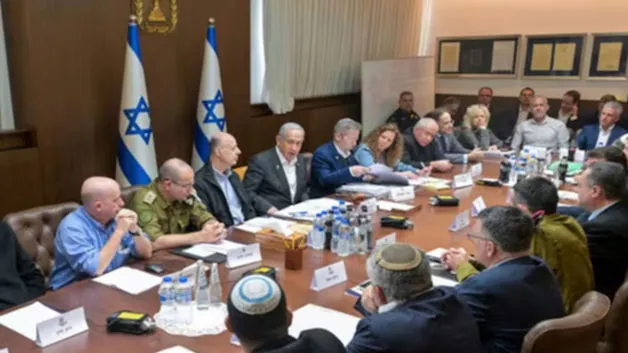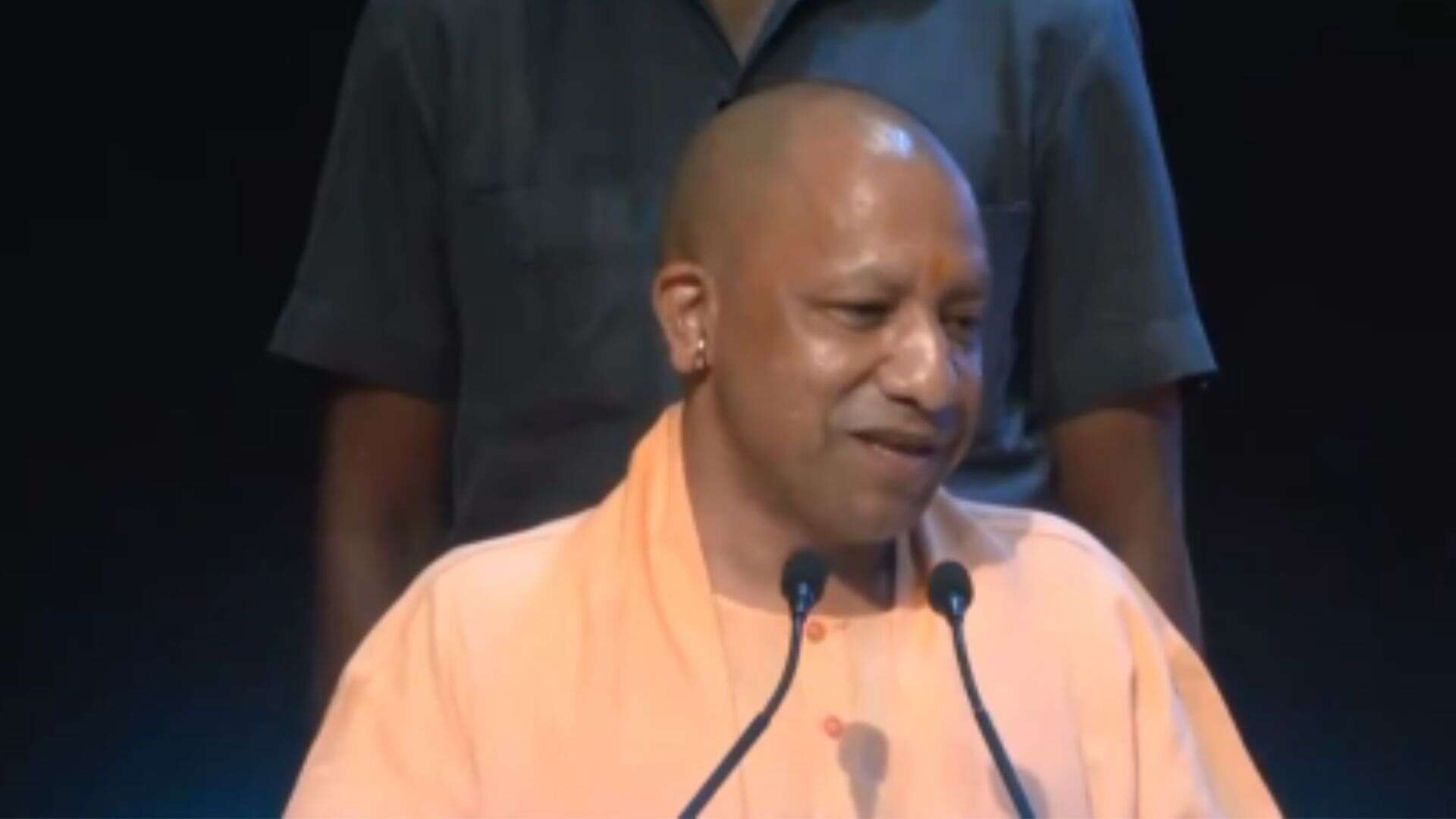Kuharianwali village of Fazilka in Punjab has become a trendsetter in expanding its forest cover. As per the data of the Forest Research Institute, Fazilka had only used 1.34% of the forest cover, one of the lowest in the state. To change the numbers in its favour, the District Administration adapted a Japanese technique called the Miyawaki Method to grow a forest at a fast pace.
The villagers open-heartedly welcomed the project named ‘My Village, My forest’ in October last year. The plan was to develop a forest on one acre of unused land in the Kuharianwali village by adopting the Miyawaki method. In just a time span of less than a year, the efforts have borne fruit as the area now has plants like Kachnar, Neem, Arjun, Ashok, Jamun, Guava and others.
Speaking to the The Daily Guardian, a local farmer, Shamsher Singh, said, “The forest is now self-sustainable as plants have gained enough strength. In the initial few months, the trees need attention, but once they grow taller, they are strong enough to sustain. “
The Miyawaki method, which was devised by Japanese botanist Akira Miyawaki in the 1980s, is a technique to create micro-forests over small plots of land. Achieving this goal requires planting a wide variety of plants in a fairly dense manner so that the plot of land has different layers of a forest, such as shrubs and canopies, and not just trees. Plants typically require anywhere between eight to nine months of care before reaching a point where the micro forest becomes self-sustaining.
The project was initiated by Sagar Setia, the then Additional Deputy Commissioner (Development) of Fazilka. He was transferred in July this year.
Dr Himanshu Aggarwal, Deputy Commissioner of Fazilka, said that since the project had worked well in Kuharianwali, more sarpanches were approached to replicate the success.
“It was decided that to celebrate 75 years of Indian Independence and Azadi ka Amrit Mahotsav, 75 such forests would be created by the end October 2022,” said Dr Himanshu Aggarwal.
The work for the coverage of such micro-forests has been completed in 12 villages. The process is underway in another 25 villages, and all 75 villages will see the project kick-off by the end of October. “Panchayats are being persuaded to give a chunk of land for this purpose. Everyone, including Sarpanch, Gram Panchayat officials or the localites, are very excited to have their own grown forests,” said Aggarwal. He shared that they are also constructing pathways inside these forests so that village residents can walk through them.
Last year itself, more than 11 lakh saplings of 23 different varieties were prepared in different nurseries in the villages—this was done with the help of workers under MGNREGA, the rural jobs guarantee scheme. A total of 6,200 plants can be grown on one acre of land, but many panchayats have planted as many as 8,000 as well. At a cost of Rs 5.3 crore, these 75 micro forests would be developed. In other words, the average cost per project is Rs 7 lakh.

















